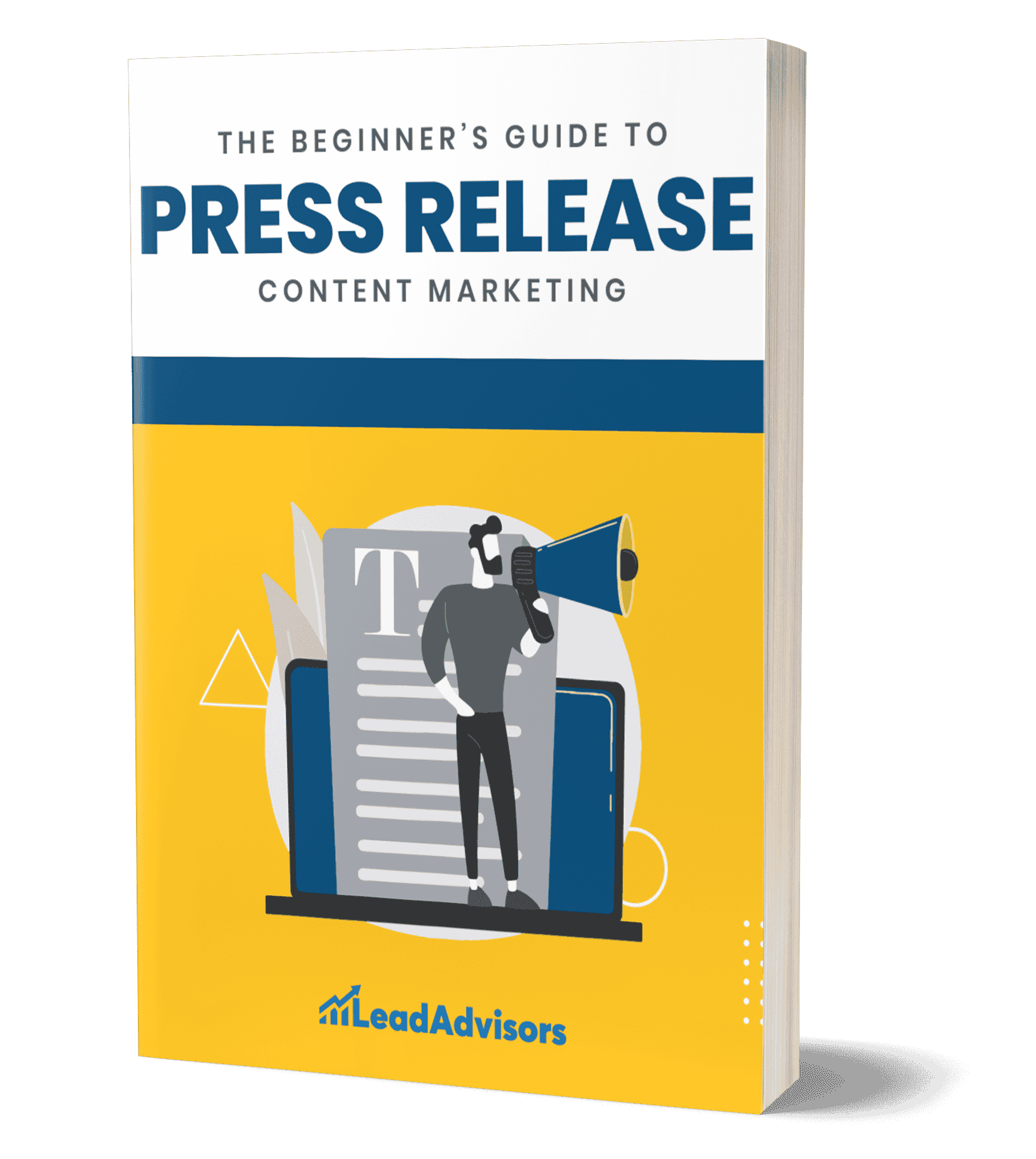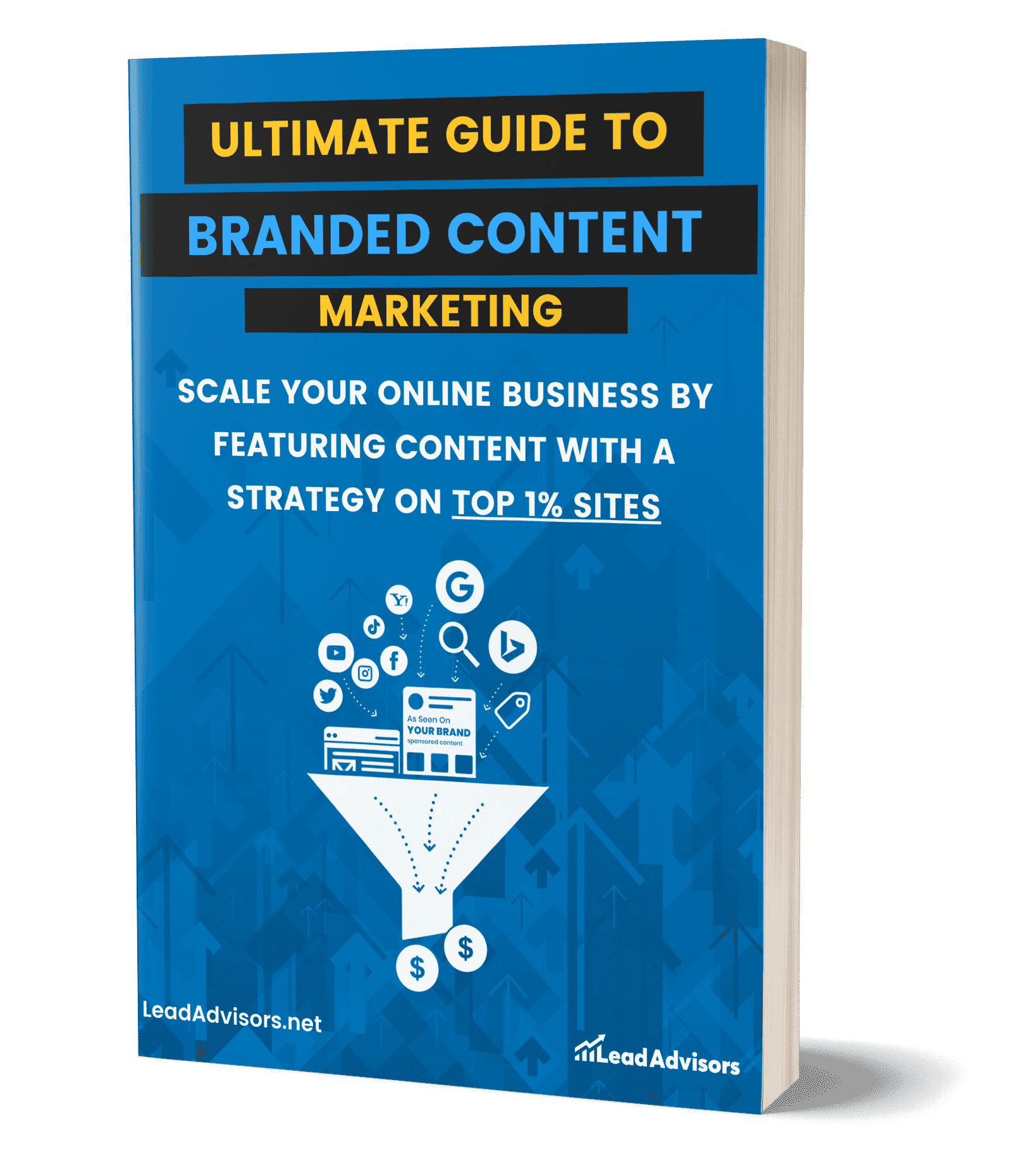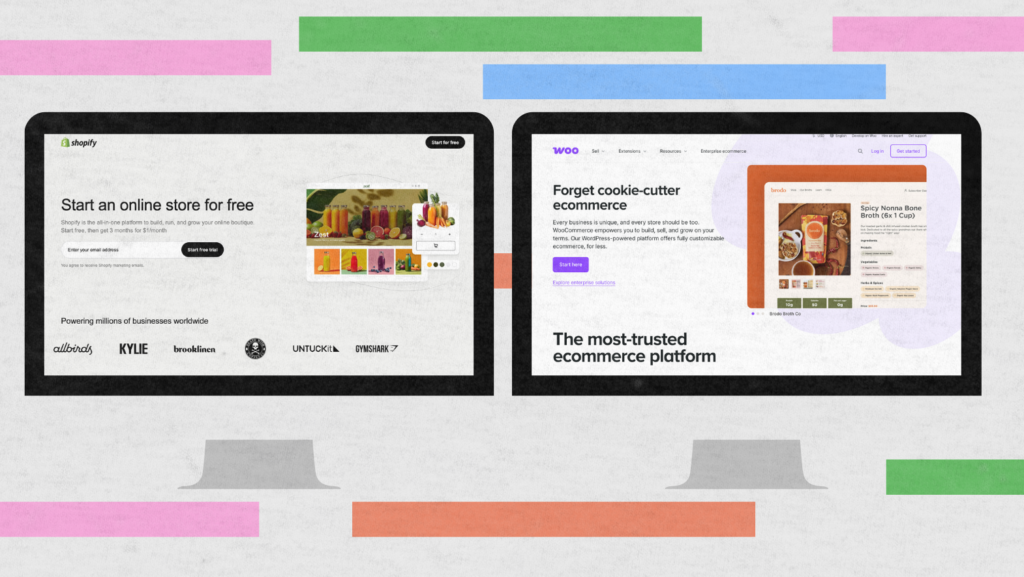Building a loyal customer base can sometimes be difficult, so brands and companies invest in different marketing types, like omni-channel marketing. According to Think With Google, omni-channel strategies can increase store visits by up to 80%.
With that, omni-channel or omnichannel marketing becomes an integrated approach that ensures a seamless customer experience across various types of marketing. This approach combines the strengths of different marketing methods, such as Pinterest marketing for visual discovery, real estate marketing for targeting property buyers, and AI marketing for personalized automation.
Moreover, it can encompass B2B marketing for business interactions, email marketing for direct communication, and sponsored content marketing for brand awareness.
This method allows businesses to provide consistent messaging and personalized interactions, enhancing customer loyalty and engagement. By leveraging diverse channels and advanced technologies, businesses can drive growth and efficiency.
The article will cover the importance of omni-channel strategies for business owners, best practices for implementation, and the benefits of integrating multiple channels to enhance customer engagement and loyalty.
Additionally, you’ll find insights into measuring success, real-world case studies, and solutions to common challenges in omni-channel marketing.
What Is Omni-channel Marketing?
Omni-channel marketing is a strategy that integrates and aligns a company’s various marketing channels to create a seamless and consistent customer experience across all touch points. Unlike multi-channel marketing, which simply operates across multiple platforms, omni-channel marketing ensures that all channels are interconnected, providing a unified brand message and experience.
This approach enhances customer engagement, increases brand loyalty, and improves overall customer satisfaction by ensuring that interactions on different platforms—such as social media, email, in-store, and online—are cohesive and personalized based on customer data and behavior.
An omni-channel approach ensures consistency in inventory, pricing, and promotions across all platforms, offering a seamless experience whether customers shop online, via an app, or in a physical store.
This could involve allowing customers to browse online and pick up in-store, where associates might suggest complementary products to boost sales. Businesses adopt omni-channel strategies to enhance customer experience, as research shows omni-channel shoppers are the most loyal and profitable.
Meeting customers wherever they are, with a consistent and seamless experience, helps build loyalty and repeat business.
You May Also Like: User Journey Mapping: A Guide to Optimize User Experience
How to Make an Omni-Channel Marketing Campaign
Creating an effective omni-channel marketing campaign requires a strategic approach that integrates various channels to deliver a seamless customer experience. This section will guide you through the essential steps to develop a cohesive and effective omni-channel marketing campaign.
Set Your Goals and Objectives
Establish clear goals for your omni-channel campaign, such as increasing brand awareness, boosting sales, or enhancing customer engagement. These objectives should be specific, measurable, attainable, relevant, and time-bound (SMART). Ensure these goals align with your overall business strategy to maintain consistency and focus.
Examples of omni-channel marketing include a clothing retailer setting a goal to increase online sales by 20% within six months by integrating their e-commerce platform with in-store promotions.
A restaurant chain could aim to enhance customer engagement by implementing a loyalty program accessible through both their mobile app and physical locations. Having well-defined goals helps measure the success of your campaign effectively. Consequently, this alignment ensures that your marketing efforts drive meaningful results for your business.
Understand Your Customer Journey
Develop an organization of the client journey to recognize principal contact points at which clients interact with your brand. Study data from all sources to gain in-depth knowledge of customer behavior and preferences across channels. Incorporate this understanding into a detailed customer journey map that identifies the most important interaction points.
As part of the omnichannel marketing plan, a travel agency might identify touch points like website visits, social media interactions, and in-store consultations. By optimizing their marketing strategy to address customer needs at each stage—such as providing personalized travel recommendations on social media and follow-up emails after in-store visits—they can minimize customer dissatisfaction and increase overall engagement.
Similarly, an electronics retailer can analyze data to understand customer preferences, ensuring seamless integration across online and offline channels, thus enhancing the shopping experience and boosting engagement.
Create Consistent Messaging Across Omni-Channeling Platforms
Unified brand messaging across all channels is key to maintaining a cohesive customer experience. Continue using your brand’s voice, language, and visual cues consistently to reinforce your brand personality. This consistency builds trust and recognition among your audience, complementing your marketing goals and strengthening your brand.
As an omni-channel marketing example, a fitness brand might use the same motivational language and color scheme across its website, social media, email campaigns, and in-store displays.
Similarly, a financial services company should maintain a professional and trustworthy tone across all client communications, whether through blogs, webinars, or customer service interactions. This unified approach enhances brand loyalty and reinforces your message across every customer touchpoint.
Integrate Your Channels
Use technology to bridge marketing channels and harness data across them. CRM systems, marketing automation platforms, and analytics tools are excellent for synchronizing your efforts.
This integration leads to a consolidated strategy, allowing one channel to support another effectively. For example, a retail business can use CRM data from in-store purchases to personalize email marketing campaigns.
A fitness brand can leverage social media engagement data to tailor its website content and promotional offers. Seamless data flow enhances observation and monitoring for campaign efficiency.
Ultimately, integrated channels help drive more impactful and efficient marketing campaigns, resulting in higher customer engagement and better ROI.
Personalize Customer Interactions
Empower personalized engagement across all touch points using customer data. Segment and target your messaging based on individual preferences and behaviors. This can include tailored product recommendations, personalized content, and customized email marketing campaigns.
For example, an e-commerce business can use browsing and purchase history to suggest relevant products, while a streaming service can recommend shows based on viewing habits.
This strategy adds value and depth to the customer lifecycle, making marketing activities more relevant. As a result, customized interactions improve the overall customer experience and boost conversion rates.
Manage Campaign
Roll out the campaign across all selected channels, ensuring each channel supports the others. Track key metrics like customer engagement, conversion rates, and customer satisfaction in real-time using analytics tools.
For example, a fashion retailer can monitor social media interactions, email open rates, and in-store sales simultaneously. Analyzing these metrics helps identify problems and areas for improvement quickly.
Continual monitoring keeps your campaign relevant and aligned with your goals, allowing for timely adjustments to enhance performance and achieve desired outcomes.
Optimize and Refine Omni-channel Marketing Campaign
Use the collected data to identify areas for improvement. Refine tactics based on new data and feedback to enhance your omni-channel strategy.
For example, an online bookstore might adjust its messaging based on customer feedback, reallocate budgets towards more effective social media ads, or maximize email marketing efforts if they show higher engagement.
Ongoing refinement ensures your campaign evolves with shifting customer preferences and market conditions. This continuous optimization leads to better results and maximizes ROI, keeping your marketing efforts effective and aligned with your business goals.
Read More: AI Marketing: The Ultimate Guide to Transforming Your Business
Advantages of Omni-Channel Approach
In this section, we will explore the key advantages of implementing an omni-channel strategy and demonstrate how it can transform your business operations and elevate your brand in the eyes of your customers.
Enhanced Customer Experience
An omni-channel approach provides a seamless and consistent experience across all touch points. This also exemplifies the need for an efficient omni-channel experience where customers can interact and engage with your brand online, in-store, or on a mobile device. Therefore, customers get to enjoy a better integrated and more joyful experience.
Increased Customer Loyalty
Consistent and personalized interactions build stronger relationships with customers. When customers receive the same level of service and messaging across all channels, their loyalty to the brand grows.
So, it shows the customer that you value and understand them. In contrast, personalized experiences accommodate the needs of different people or individual preferences. As a result, this strengthens customer loyalty and returns business.
Enhanced Data Collection and Insights
Combining several channels will enable tracking and analyzing the customer more effectively. This data is vital for targeted marketing strategies and global business improvement.
Businesses can deliver better-targeted products faster, with individual customer preferences and patterns more easily understood. The breadth of data insights also performs more intricate and strategic decision-making. This, in turn, improves the effectiveness of marketing and profits for businesses as well.
Higher Conversion Rates
Consistency in the customer experience typically results in better conversions. Delivering an efficient customer experience can contribute to higher conversions and business engagement.
Keeping consistent across channels ensures that customers get the correct information and offers. Moreover, a frictionless experience drives people toward an eventual purchase. As a result, businesses get more conversions and revenue.
Better Resource Allocation
An omni-channel approach lets you allocate resources with precision by identifying the success of each channel. This means that marketing efforts and budgets are efficiently used to derive the maximum returns.
By monitoring performance across channels, companies can concentrate on the more powerful counterparts. Furthermore, it provides for more strategic planning and distribution of resources. Accordingly, this results in more efficient cost management and better outcomes.
You May Also Like: Top AI-Generated Content Strategies in Marketing
Frequently Asked Questions
What is the difference between omni-channel and multi-channel marketing?
Why is omni-channel marketing important for businesses today?
Which industries benefit most from omni-channel marketing?
What tools are needed to implement an omni-channel strategy?
How do you measure the success of an omni-channel campaign?
Conclusion
Omni-channel marketing is essential for creating a seamless and integrated customer experience across all touch points. By leveraging consistent messaging, personalized interactions, and integrated channels, businesses can enhance customer engagement, loyalty, and overall satisfaction.
This approach ensures that marketing efforts are more effective and yield higher ROI. Continually optimizing and refining your strategy based on data and feedback keeps your campaigns relevant and impactful.
For expert assistance in implementing a successful omni-channel marketing strategy, consider partnering with LeadAdvisors, a leader in comprehensive marketing solutions.














